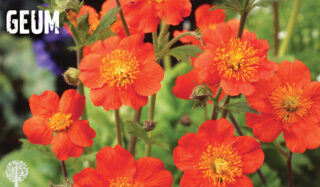Essential Reasons to Include Orange Flowers in Your Pollinator Garden
A pollinator garden is timeless and is never dictated by trends that come and go. However, every year, Communities in Bloom, a non-profit organization inspiring the quality of life for communities and people through plants, chooses a color as its annual gardening theme. Gardeners are encouraged to stand in solidarity and honor what the chosen color represents. In 2024, orange is blooming in gardens everywhere!
Why Plant Orange?
Last year, Communities in Bloom selected purple as a color of renewal as we emerged from the pandemic. It was Canadian red the year before, representing the national Year of the Garden. This year, orange has been chosen in honor of Indigenous culture in communities across Canada.
Orange is the official color of reconciliation in Canada because of Phyllis Webstad, whose brand-new orange shirt was taken away from her on her first day of residential school.
Orange flower pollinator gardens are popping up everywhere! Butterflies, bees, and birds love this bright color, boosting biodiversity throughout a garden space and beyond.
5 Orange Annuals That Attract Pollinators
Marigold
Ranging in colors from red to orange, this annual blooms continuously from late spring to the first frost, attracting moths and butterflies. Marigolds enjoy full sun and are a great annual to plant alongside vegetables such as tomatoes and cabbage as they repel slugs and other insects looking for a bite of lettuce.
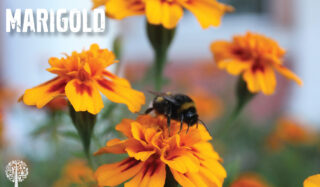
Nasturtiums
Vibrant orange blooms provide nectar and pollen for hummingbirds, bees, moths, and butterflies. Nasturtiums prefer full sun and heat and will start blooming early summer into mid-fall. They are also trap plants because aphids flock to them instead of more valuable garden crops.
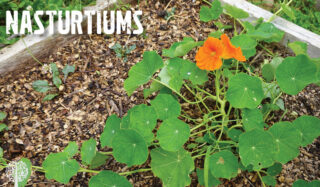
Calendula
These short, bushy plants full of orange/yellow, daisy-like flowers provide pollen and nectar for pollinators. Technically, calendula is an herb that grows best in full sun.
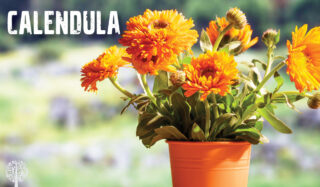
Lantana
Lantana is drought-tolerant and loves full sun and heat! The plant’s clusters of tricolor pink, orange, and yellow blooms are a beacon for hummingbirds.
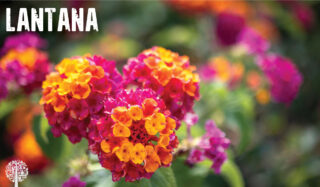
Zinnia
Zinnias, which range from pink to bright orange, bloom from early summer through the first frost. Their colorful blooms make them easy to spot in the garden and provide a continual food source for pollinators looking for a quick snack.
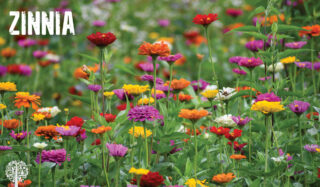
Five Perennials Pollinators Love
Rudbeckia hirta
Also known as black-eyed Susan, this plant enjoys full sun to part shade. Its daisy-like petals and black centers almost glow on a summer evening. Native to the central United States, the plant’s ability to self-seed makes it an excellent choice for any wildflower garden. Hardy to climate zone 4 (-30°C), it will start flowering in June and continue until the end of September. The best part is that bees and butterflies love it.
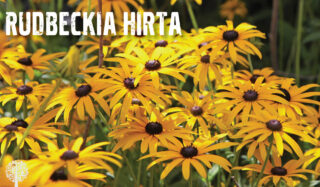
Butterfly Weed
Part of the milkweed plant family, butterfly weed will flower from summer to autumn if in full sun. One of the reasons for the decline in monarch butterfly populations is the lack of milkweed, a food source. Butterfly weed is a host plant for the caterpillars that become butterflies.

Orange California Poppy
A self-seeding perennial that grows in sun or part shade, this beauty provides pollen (but not nectar) for pollinators such as beetles, butterflies, and native bees.
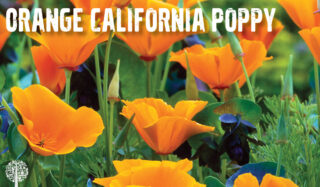
Orange Globeflower
Globeflowers are hardy to – 35°C, grow in full sun to part shade, and bloom from June to September. Perfect for an alpine garden, wildflower garden, or rockery, they attract butterflies en masse all summer.
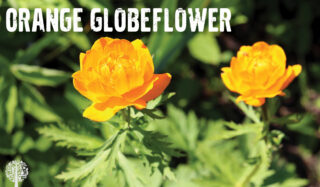
Geum
In climate zone 3 (-35°C) and warmer, the clump-forming Geum can grow over one meter tall and produce bright orange buttercup blossoms on branched stems. It is a perfect pit stop for bees and butterflies looking for lunch.
